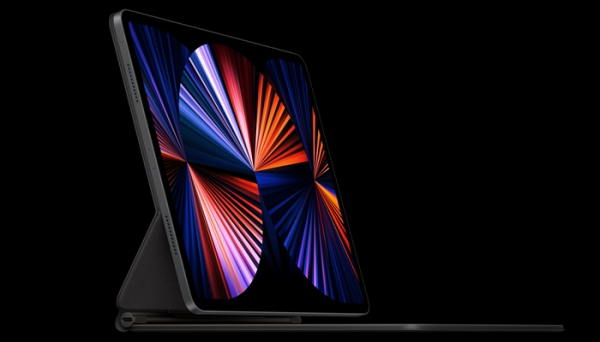Change of position from insisting on Canon Tokki’s

Apple has recently approved the use of a Gen 8 OLED deposition machine developed by Sunic System, TheElec has learned.
The iPhone maker had previously wanted the South Korean display panel makers to use a machine developed by Japan’s Canon Tokki.
Sources said however Apple’s approval wasn’t an active approval but more of an “OK” for suppliers to pursue using Sunic System’s over those of Canon Tokki.
OLED deposition machines are used to deposit the organic materials onto the panel during OLED panel production. The organic materials are vaporized and deposited onto the panel substrate.
LG Display has been developing a machine dedicated to Gen 8 OLED substrate since 2021 and could use Sunic’s, if and when it starts building Gen 8 production facilities.
Apple is planning to use OLED panels in its iPads launching next year and display panel makers had responded to this by collaborating with equipment makers such as Canon Tokki and Sunic System to develop a deposition machine dedicated to Gen 8 (2200x2500mm) substrates, rather than Gen 6 substrates (1500x1850mm) as before, as a larger substrate is economically more viable for them to make larger panels such as those used in tablets as compared to smartphones.
With the iPhone maker’s approval, if display panel makers start investing in building Gen 8 OLED facilities, will be able to save tremendously in costs. Sources said Sunic System’s machine was up to 40% cheaper compared to those made by Canon Tokki.
Apple had preferred Canon Tokki because the Japanese company provides OLED deposition machines for Gen 6 OLED panels, so it has a proven track record of reliability. Canon Tokki provides Gen 6 half-cut, vertical deposition machines to Samsung Display and LG Display which they use to make OLED panels headed to iPhones.
But as Canon Tokki has such a dominant position in the market as the vendor of this much-needed equipment, its asking unit prices had made display panel makers unhappy.
Deposition machines to secure a production capacity of 15,000 substrates per month for Gen 8 OLED substrate would cost between mid- to late- 1 trillion won, sources said.
However, it remains to be seen when display panel makers will start spending on building Gen 8 OLED facilities. There is currently negligible demand for OLED panels used in tablets and notebooks compared to smartphones.
The display panel industry is also suffering from low demand as high demand for consumer electronics during the pandemic has nosedived since last year.





 CN
TW
EN
CN
TW
EN






